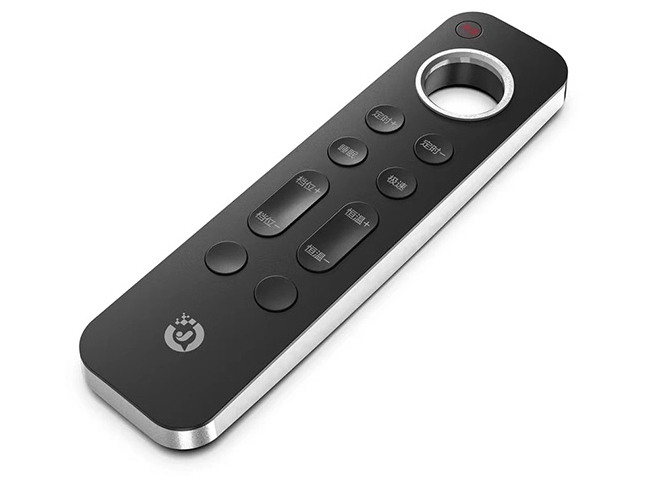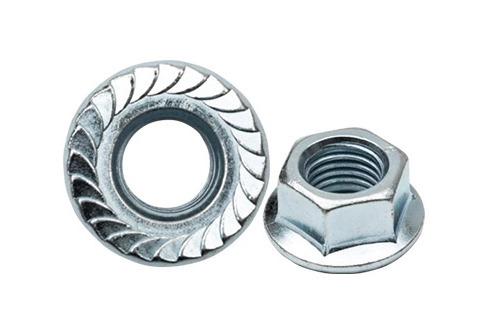Capturing Moments: The Ultimate Guide to Choosing Your First Digital Camera
In an age where visual storytelling reigns supreme, selecting the right digital camera can be a daunting task for beginners. With a plethora of options available, it’s essential to understand what constitutes a good first digital camera. This guide will delve into the key features, types of cameras, and practical tips to help you make an informed decision that aligns with your photography goals.
Understanding Your Needs
Before diving into the technical specifications, it’s crucial to assess your photography needs. Are you looking to capture family moments, travel landscapes, or perhaps delve into more artistic pursuits? Understanding your primary use case will guide you in selecting the right camera type.
- Casual Photography: If your goal is to document everyday life or travel, a compact camera or a smartphone with advanced camera capabilities may suffice.
- Hobbyist Photography: For those looking to explore photography as a hobby, a mirrorless camera or an entry-level DSLR can provide the versatility and image quality needed to grow your skills.
- Professional Aspirations: If you envision a future in professional photography, investing in a higher-end DSLR or mirrorless camera with interchangeable lenses may be the best route.
Types of Digital Cameras
Understanding the different types of digital cameras available is essential in making an informed choice. Here are the most common categories:
- Point-and-Shoot Cameras: These compact cameras are user-friendly and perfect for beginners. They offer automatic settings, making them ideal for casual photography. However, they may lack advanced features such as manual controls and interchangeable lenses.
- Mirrorless Cameras: Gaining popularity among enthusiasts, mirrorless cameras offer high-quality images in a compact body. They provide the flexibility of interchangeable lenses and often come with advanced features like electronic viewfinders and faster autofocus systems.
- Digital Single-Lens Reflex (DSLR) Cameras: DSLRs are known for their superior image quality and extensive lens options. They are ideal for those serious about photography, offering manual controls and a robust build. However, they tend to be bulkier than mirrorless options.
- Smartphone Cameras: With advancements in smartphone technology, many devices now feature exceptional camera capabilities. While they may not replace dedicated cameras for serious photography, they are convenient for everyday use and social media sharing.
Key Features to Consider
When evaluating potential cameras, consider the following features that can significantly impact your photography experience:
- Image Sensor Size: Larger sensors typically capture more light, resulting in better image quality, especially in low-light conditions. Full-frame sensors are ideal for professionals, while APS-C sensors are common in entry-level DSLRs and mirrorless cameras.
- Megapixels: While more megapixels can lead to higher resolution images, it’s not the sole determinant of image quality. A camera with 16-20 megapixels is usually sufficient for most beginners.
- Lens Options: If you choose a mirrorless or DSLR camera, consider the availability and variety of lenses. A versatile zoom lens can be a great starting point, allowing you to experiment with different focal lengths.
- User Interface: A camera with an intuitive interface and easy-to-navigate menus will enhance your learning experience. Look for models with a good balance of automatic and manual settings.
- Connectivity Features: Wi-Fi and Bluetooth connectivity can simplify the process of sharing photos and remote shooting. This feature is particularly useful for social media enthusiasts.
Budget Considerations
Your budget will play a significant role in your decision-making process. Entry-level cameras can range from $300 to $800, while higher-end models can exceed $1,500. It’s advisable to set a budget that allows for not just the camera body but also essential accessories like lenses, memory cards, and a sturdy camera bag.
Recommendations for First-Time Buyers
Based on the above considerations, here are a few recommended models that cater to various needs and budgets:
- Canon EOS Rebel T7: An excellent entry-level DSLR that offers a user-friendly interface, built-in Wi-Fi, and a solid 24.1 MP sensor. It’s perfect for beginners looking to explore photography.
- Nikon Z50: A compact mirrorless camera that boasts a 20.9 MP sensor, excellent low-light performance, and a variety of lens options. Its lightweight design makes it ideal for travel.
- Sony Alpha a6000: This mirrorless camera features a 24.3 MP sensor and fast autofocus, making it a great choice for capturing action shots. Its compact size and versatility are perfect for budding photographers.
- Fujifilm X-T200: Known for its retro design and exceptional image quality, this mirrorless camera offers a 24.2 MP sensor and a user-friendly touchscreen interface, making it a stylish yet practical choice.
Conclusion
Choosing your first digital camera is an exciting journey that opens the door to creativity and self-expression. By understanding your needs, exploring different camera types, and considering essential features, you can confidently select a camera that will serve you well as you embark on your photographic adventure. Remember, the best camera is the one that inspires you to capture the world around you, so choose wisely and enjoy the process of learning and creating.




